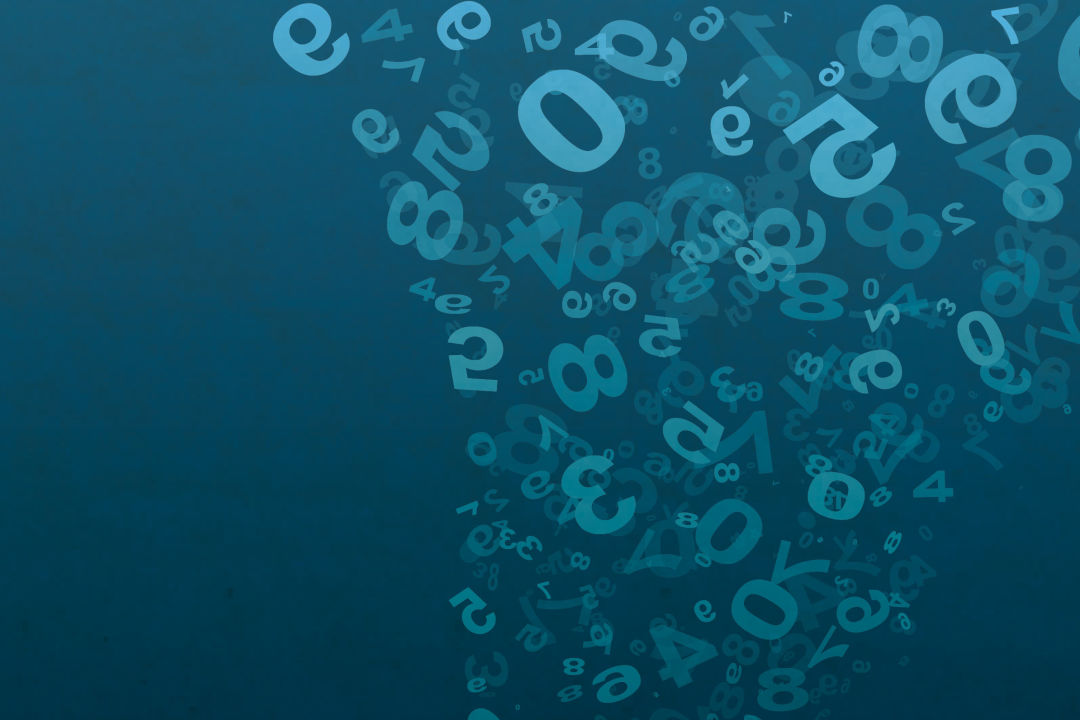5 Reasons We Don’t Get Numbers

Image: Megainarmy/shutterstock
Father-and-son team Paul Slovic (78) and Scott Slovic (55)—a psychology professor at the University of Oregon and an English professor at the University of Idaho, respectively—published Numbers and Nerves, a collection of essays about how numbers are used and perceived. We asked them to break it down.
So, what’s the deal with numbers?
PS: Numbers have meaning. They are important. They are the reality. But the reality that’s reported may not be perceived by people reading about it.
SS: There are more numbers [in the media] than ever before. We’re very good at creating numbers for everything. Now the question is, how do we draw meaning from them? Many of the most important issues of today tend to be described with numerical information. Those numbers quickly become abstractions.
What do you mean by abstractions?
SS: Paul realized that there are very interesting psychological tendencies that limit our ability to think about numbers.
PS: There’s something called a value function. The difference between 0 and 1 is quite large. But if you go from 1 to 2, the subjective perception or value of those numbers doesn’t double. I started thinking about how that relates to human lives. The first life is immensely important—you’ll do anything to protect that person in danger. But if there’s two, you don’t feel twice as powerfully about it. And if you go from 87 to 88 dead people, they’re the same to you. So if you can donate to one child who’s suffering, you might do that. But if you’re told your donation will go to child A or child B, you’re less likely to donate, knowing you’re not helping the other child. Or when there’s millions you can’t help. You’re deceived into thinking it’s not worthwhile. And that’s nonrational.
Why do we tend to think like that?
PS: From an evolutionary standpoint, it was very important for millions of years to protect yourself and the people right in front of you. You didn’t have to worry about thousands of people on the other side of the planet.
Are some numbers easier than others to grasp?
PS: If the media are reporting about a person, quite often they’ll give the person’s age. [Editor’s note: guilty as charged.] Why do they do that so regularly? I think it’s because we have a lot of experience with people of difference ages. The difference between 22 and 72, that frames things. But there are situations where the numbers are very large and not part of lived experience. We’re better at looking for trends [between numbers]. Is the national debt increasing or decreasing?
How could we communicate better?
SS: We emphasize a multidimensional way of communicating: giving the numbers, but scaling down to specific cases. We can’t change the way our minds work. But we can train ourselves to think in a more flexible, fluid way.
PS: For example, with regard to mass violence, we should work to use modern media to get the [victims’] stories out. That helps us to understand. We should also educate children at an early age to think this way. One middle school class in Tennessee decided to collect 6 million paper clips to represent victims in the Holocaust. When you see 6 million of anything, it can help.




